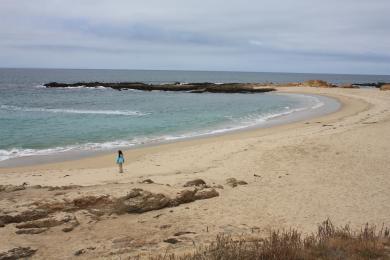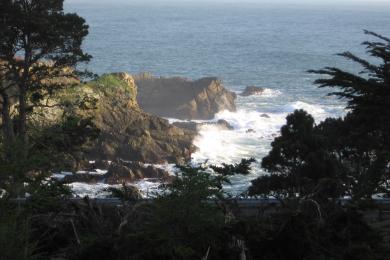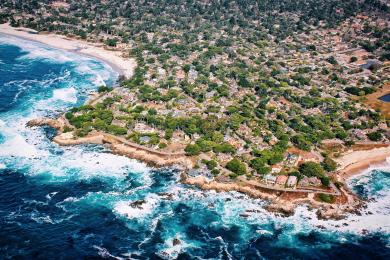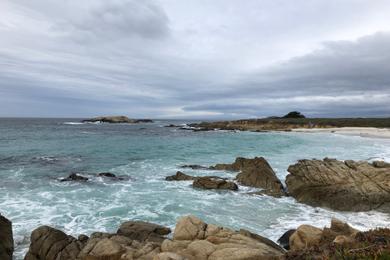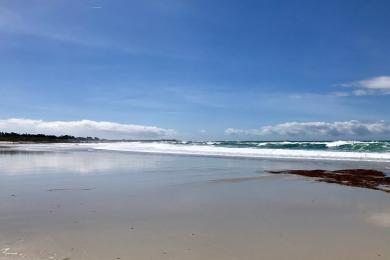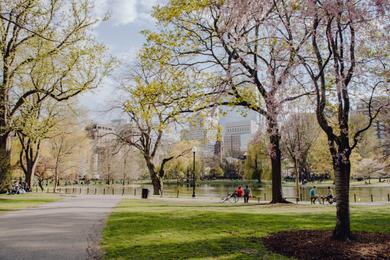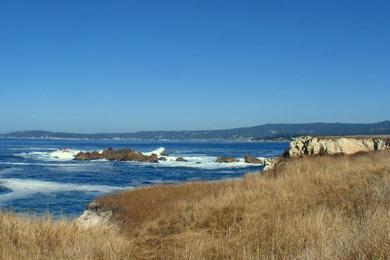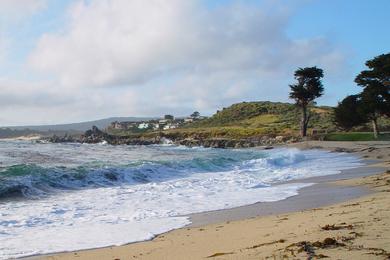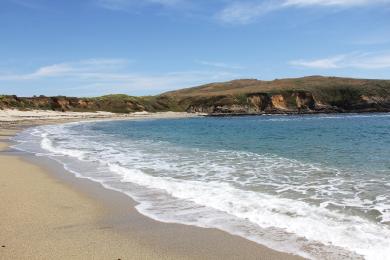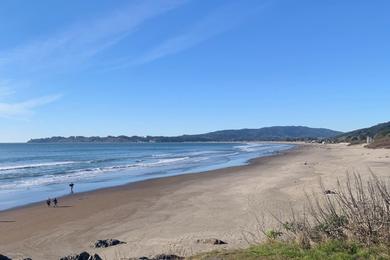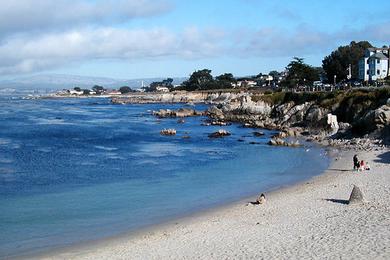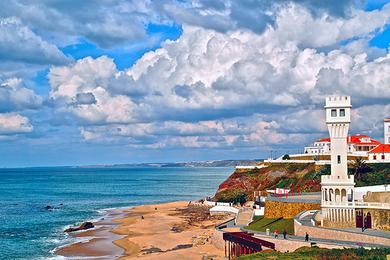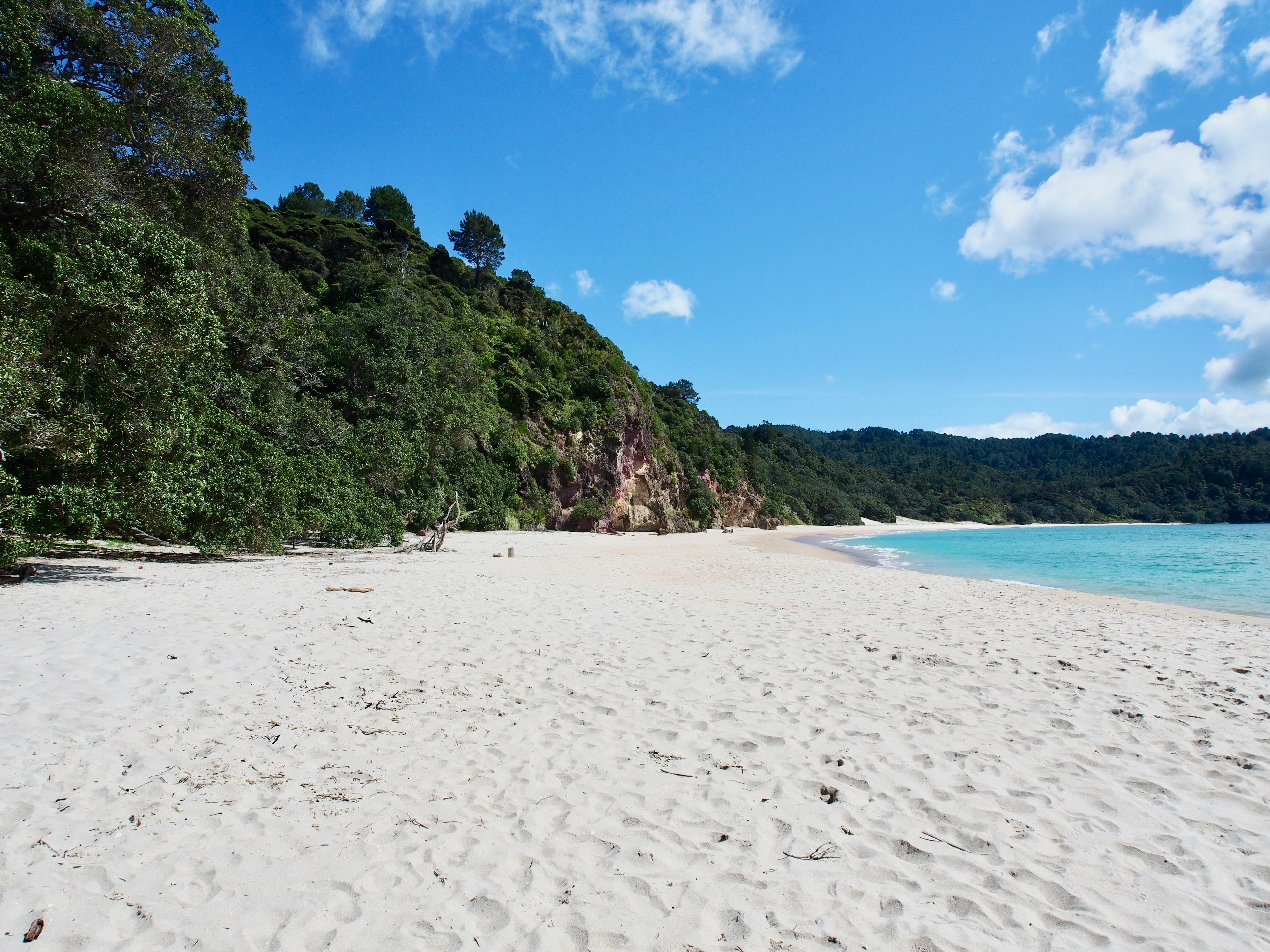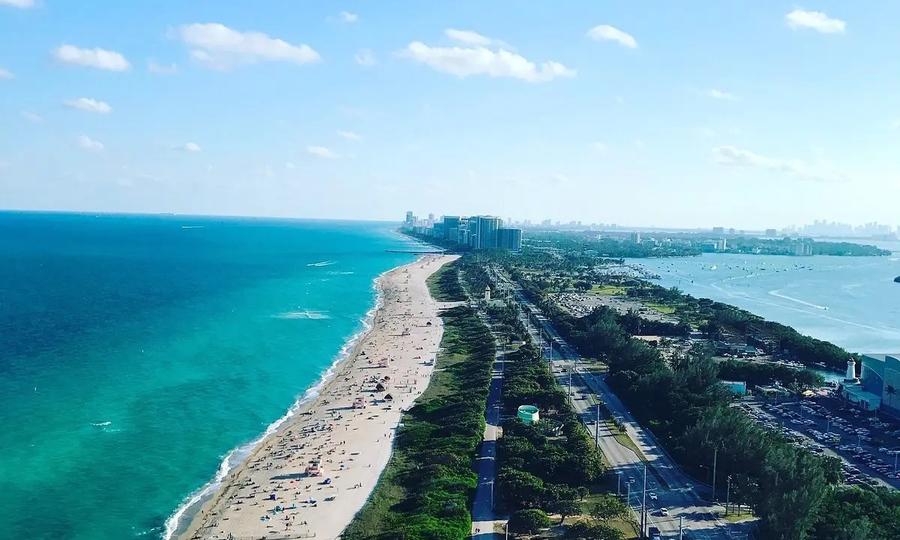The beaches in Bean Hollow State Beach offer many fun activities including sunbathing, beachcombing, picnicking, wildlife watching, fishing, hiking, swimming, and surfing. The water near Bean Hollow State Beach is dangerous for aquatic recreational activities due to cold temperatures, extremely strong currents, and dangerous waves. However, extremely experienced swimmers and surfers enter the water near the southern part of Bean Hollow State Beach during milder water conditions. We recommend being careful while standing near the water in the beaches of Bean State Beach as sneaker waves can pull you offshore. Depending on the time of the year, you can see many kinds of animals in the water near Bean Hollow State Beach including migrating whales, seals, and sea lions. Interesting tidepools are also present around the beaches in Bean Hollow State Beach - these tidepools are home to many amazing creatures including crabs, anemones, and sea urchins. Pebble Beach is famous among tourists for having a variety of beautiful stones including agates, jasper, chert, and jade. These rocks often wash up on the beach from an offshore gravel bed which dates back to the Pleistocene geological era. However, it is important to note that it is forbidden to remove any of these wonderful stones from Pebble Beach. If you are planning to fish in the water near Bean Hollow State Beach, please make sure that you follow the local fishing regulations.
A one mile long nature trail is present between Arroyo de los Frijoles Beach and Pebble Beach in Bean Hollow State Beach. This self-guided nature trail offers a unique way to explore the coastal biodiversity of Northern California. The nature trail winds through a fascinating community of native coastal plants including coast buckwheat, beach primrose, lizard tails, and seaside daisies. Interpretive signs posted along this trail also offer interesting information about the local native flora. Bean Hollow State Beach also has unique large rocks which bear tafoni geological patterns - which are splendid honeycomb-like patterns usually caused due to weathering.





